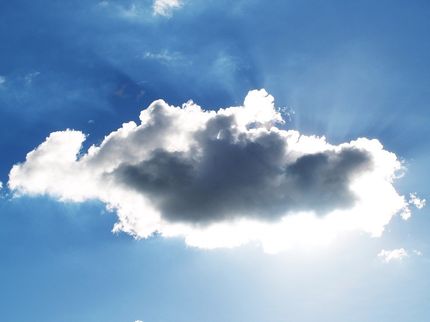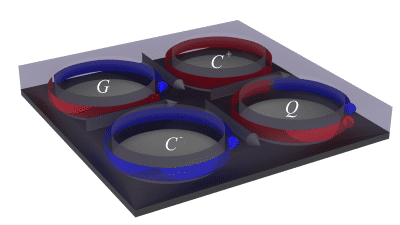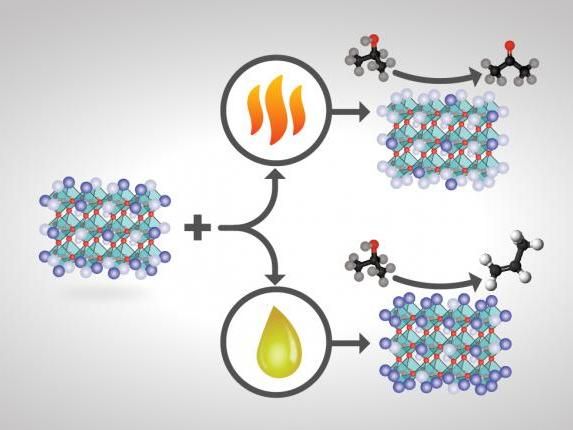How ice particles promote the formation of radicals
Chemistry in clouds
Certain molecules with fluorine, chlorine or bromine, together with water, can release harmful substances into the atmosphere.

Engin_Akyurt, pixabay.com, CC0
The production of chlorofluorocarbons, which damage the ozone layer, has been banned as far as possible. However, other substances can also tear holes in the ozone layer in combination with ice particles, such as those found in clouds. Researchers at Ruhr-Universität Bochum, the University of Duisburg-Essen and Friedrich-Alexander-Universität Erlangen-Nürnberg have discovered a possible mechanism for this.
The work was part of a long-standing cooperation between the teams from Bochum, Duisburg-Essen, and Erlangen-Nuremberg led by Professor Karina Morgenstern, Dr. Cord Bertram, Professor Uwe Bovensiepen and Professor Michel Bockstedte, which is currently being continued within the framework of the cluster of excellence Ruhr Explores Solvation, or Resolv for short.
Organic molecules are deposited on ice particles
Chemical processes can significantly influence the weather, the climate and the composition of the atmosphere. Cosmic rays or UV light provide the energy to split chemical compounds. In the case of bromine, chlorine or fluorine compounds, radicals, i.e. particularly reactive molecules, are formed. These attack the ozone molecules and can trigger chain reactions in the ozone layer. An earlier laboratory study had shown that ice particles with a silver core can promote such reactions. The team investigated the mechanism behind this effect in the current study.
In the laboratory, the scientists produced tiny ice particles and analysed how certain compounds containing chlorine or bromine interacted with them. They condensed the ice particles onto copper. In nature, mineral dust particles, among other things, form condensation nuclei for the ice particles.
Using microscopic and spectroscopic methods, they observed that the molecules preferentially attached themselves to defects in the ice structure. The surrounding water molecules of the ice structure then reoriented themselves and hydrogenated the molecules. This, in turn, made it easier to ionise the molecules in the experiment.
UV radiation generates radicals
The researchers irradiated the ice crystals with the attached molecules using UV light, which excited electrons in the ice particles in the vicinity of the molecules. These excited electrons ionised the chlorine and bromobenzene molecules. Through ionisation, the molecules disintegrated into organic residues and highly reactive chlorine and bromine radicals.
“The mechanism could explain what happens when UV light hits mineral-contaminated ice,” says Cord Bertram. “Our results could thus help to understand the fundamental processes behind phenomena such as ozone holes.”
Original publication
Original publication
Philipp Auburger, Ishita Kemeny, Cord Bertram, Manuel Ligges, Michel Bockstedte, Uwe Bovensiepen, Karina Morgenstern; "Microscopic insight into electron-induced dissociation of aromatic molecules on ice"; Physical Review Letters, 2018
Topics
Organizations
Other news from the department science

Get the chemical industry in your inbox
By submitting this form you agree that LUMITOS AG will send you the newsletter(s) selected above by email. Your data will not be passed on to third parties. Your data will be stored and processed in accordance with our data protection regulations. LUMITOS may contact you by email for the purpose of advertising or market and opinion surveys. You can revoke your consent at any time without giving reasons to LUMITOS AG, Ernst-Augustin-Str. 2, 12489 Berlin, Germany or by e-mail at revoke@lumitos.com with effect for the future. In addition, each email contains a link to unsubscribe from the corresponding newsletter.






























































